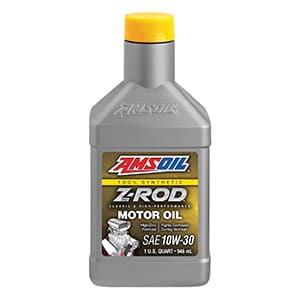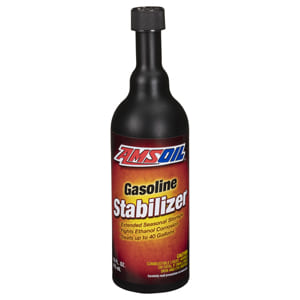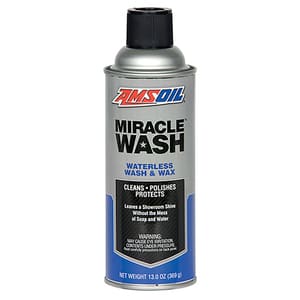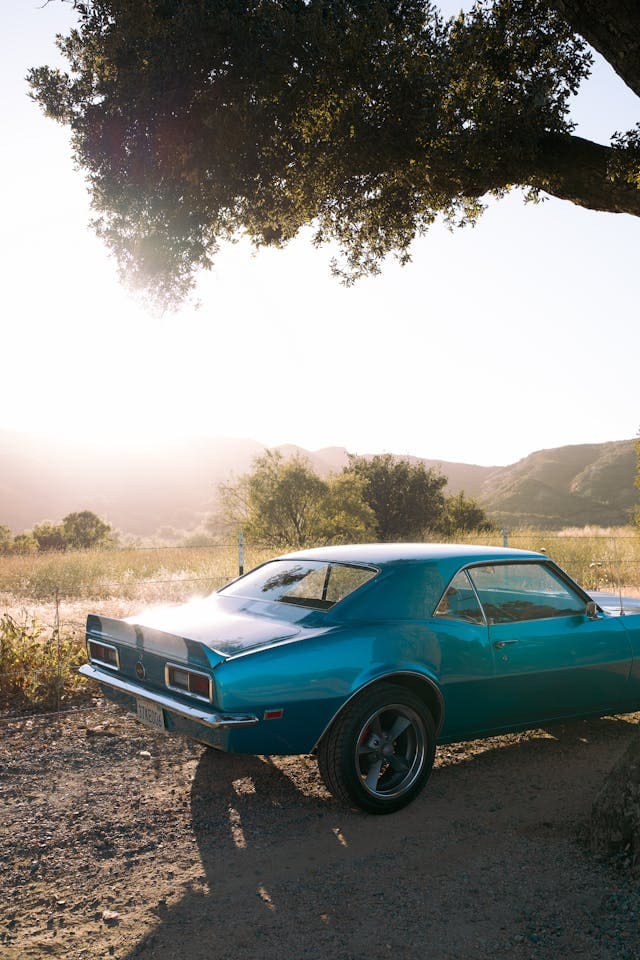Hey there, Chevy* muscle car enthusiasts! Have you ever found yourself daydreaming about the thunderous roar of an engine as you grip the steering wheel, feeling the raw power of a classic American muscle car at your fingertips? Well, you’re not alone. The legacy of Chevrolet* muscle cars, from the sleek Camaro* to the iconic Corvette*, has left an indelible mark on the streets and in the hearts of speed aficionados everywhere. Let’s take a thrilling ride down memory lane and explore the engines that powered these beasts.

Chevrolet* Muscle Cars: A Legacy of Power and Speed
Ah, the golden era of American muscle cars – a time when the sound of a V8 could send shivers down your spine, and the race was on to see who could create the ultimate street king. It was an age of fierce competition among automakers, each vying to produce the most powerful engines to satisfy the cravings of speed enthusiasts. But as we all know, all good things come to an end. This golden age eventually faced the music of stricter regulations and rising costs, but the legacy of these iconic muscle cars lives on, etched into the very asphalt they once dominated.

Small Block: The Lightweight Powerhouse
Let’s kick things off with the small block. Back in the 1950s, Chevrolet* introduced the world to the small-block V8 engine – a marvel of engineering that quickly became the darling of the hot rod community. Its compact and lightweight design was revolutionary, offering potent performance and easy upgrades. Imagine popping the hood to reveal a 265 V8 engine, its heart pounding with 195 horsepower. As the years went by, Chevrolet* kept pushing the envelope. The 283 V8 engine, running from 1957 to 1967, famously achieved one horsepower per cubic inch, becoming a legend in its own right.
L65 327 V8 Engine and Beyond

But Chevrolet* was just getting started. The L65 327 V8 engine, swirling into the scene between 1958 and 1964, blasted its way to 375 horsepower in Corvettes*, leaving spectators in awe. The 348 V8 engine, once confined to trucks, broke free and showcased its prowess in racing events. Then came the 409 V8 engine in 1961, cranking up displacement and performance to previously unseen heights. The introduction of the L78 396 engine in 1965, with a jaw-dropping 425 horsepower, set new benchmarks for speed and acceleration. And let’s not forget the L72 427 V8 engine, a cornerstone of Chevrolet*’s big-block lineup, that powered through starting in 1966.
Legacy of Big-Block Engines: L88 and 454
The tale of Chevrolet* muscle cars wouldn’t be complete without a nod to the giants: the 427 L88 and 454 big-block engines. The L88, a race engine produced from 1967 to 1969, delivered exceptional horsepower and performance, although it did play hard to get with its heat management. Then, as the curtain began to close on the muscle car era, the 454 big-block V8 engine made its entrance in 1970. Despite the tightening grip of regulations, it impressed with its high performance, leaving a lasting impression with its exceptional capabilities.

Chevrolet* Muscle Cars: Enduring Icons
The story of Chevrolet* muscle cars is a saga of innovation, power, and passion. These mechanical marvels have left an indelible mark on automotive history, capturing the hearts of enthusiasts and collectors around the globe. Their legacy goes beyond just horsepower and quarter-mile times; these cars symbolize an era of American ingenuity and the relentless pursuit of performance.
Classic Chevy* Muscle Cars Deserve AMSOIL’s High-Zinc Oil Advantage
To keep these legends running like the champions they are, there’s no better protection than AMSOIL Z-ROD® 10W-30 100% Synthetic Motor Oil. Engineered for classic vehicles, its high-zinc formula safeguards flat-tappet cams, lifters, rockers, and other critical components, while also protecting against rust during storage.

Conclusion
From the thunderous small blocks of the ’50s to the earth-shattering big blocks of the ’70s, Chevrolet* muscle car engines have carved their names into the annals of automotive legend. These engines not only powered some of the most iconic cars in history but also fueled the passions of generations of enthusiasts. Their legacy is more than just metal, rubber, and oil – it’s a testament to the enduring appeal of Chevrolet* muscle cars, a reminder of an era when power and speed ruled the streets.

*All trademarked names and images are the property of their respective owners and may be registered marks in some countries. No affiliation or endorsement claim, express or implied, is made by their use.
